Polishing Tips for Micro Motors
-
Film Thickness:125µm, 5mil
-
SizesAvailable in discs, sheets, tapes, belts and rolls
Polishing Tips for Micro Motors
Using Aluminum Oxide Polishing Film Rolls for Lapping Micro Motor Shafts
Polishing the tiny, precision-engineered shafts of micro motors requires both the right tools and technique. Aluminum oxide polishing film rolls are a popular choice for lapping because they offer controlled material removal, consistent abrasive quality, and excellent durability. In this article, we break down how to choose the right grit for different shaft materials and share practical tips to avoid common pitfalls.
1. Understanding Micro Motor Shafts and Materials
Micro motor shafts are made from various materials such as stainless steel, aluminum, brass, or specialty alloys. Each material has its own hardness and wear characteristics:
- Stainless Steel: Typically requires a coarser grit for initial lapping to remove oxidation or machining marks, followed by progressively finer grits to achieve a mirror finish.
- Aluminum/Brass: Being softer, these materials benefit from gentler abrasives and minimal pressure to avoid surface pitting.
- Specialty Alloys: May need customized grit progressions based on their unique properties.
Understanding your shaft material is key to selecting the appropriate abrasive level and preventing damage during polishing.

2. Why Aluminum Oxide Polishing Films?
Aluminum oxide is a widely used abrasive due to its hardness, uniform particle size, and longevity. When applied as a thin film on a flexible roll, it conforms to slight irregularities, ensuring an even finish—ideal for the tight tolerances in micro motor applications. This film roll form also offers convenience for lapping processes in small-scale, high-precision work.
Advanced coatings and slurry technology ensure that the abrasive particles remain evenly distributed, which is critical for achieving consistent surface finishes.
Steps to Polish Micro Motors Using XYT Lapping Film
1. **Preparation:**
- Ensure the micro motor is clean and free from any debris or contaminants.
- Secure the motor in a stable position to prevent movement during the polishing process.
2. **Selecting the XYT AO Polishing Tape:**
- Choose the appropriate grade of XYT AO polishing tape based on the initial condition of the commutator. For general purposes, a medium grit tape is recommended.
3. **Polishing Process:**
- Attach the XYT AO polishing tape to the polishing tool.
- Gently press the tape against the commutator while rotating the motor. Ensure even pressure to avoid uneven polishing.
- Continue polishing until the commutator surface appears smooth and shiny.
4. **Inspection:**
- After polishing, inspect the commutator under adequate lighting to ensure there are no remaining oxidation spots or irregularities.
- Use a magnifying glass if necessary to check for finer details.
5. **Cleaning:**
- Remove any polishing residue from the commutator using a soft brush or compressed air.
- Ensure the commutator is completely clean before reassembling the motor.
6. **Testing:**
- Reassemble the micro motor and test its performance. Check for reduced vibration and noise levels.
- Ensure the motor operates smoothly and efficiently.
Benefits of Using XYT AO Polishing Tape
- **High Precision:** XYT AO polishing tape provides a consistent and precise finish, ensuring the commutator is polished evenly.
- **Durability:** The tape is designed to withstand rigorous use, making it ideal for high-volume polishing tasks.
- **Ease of Use:** The adhesive backing allows for easy application and removal, facilitating a smooth polishing process.
By following these steps and using XYT AO polishing tape, you can effectively polish micro motor commutators, enhancing their performance and extending their lifespan. This simple yet crucial maintenance step ensures that the micro motors in various electrical devices operate smoothly and reliably.
Common Issues and Troubleshooting
Even with proper technique, a few challenges may arise:
-
Uneven Polishing:
Caused by inconsistent pressure or improper backing. Ensure a stable work surface and uniform application. -
Surface Contamination:
Dust and debris can cause scratches. Clean the film and workpiece frequently during the process. -
Excessive Material Removal:
Using too coarse a grit or applying too much pressure can lead to over-polishing, compromising the motor’s performance. Always test on a sample if possible. -
Thermal Damage:
Overheating from friction can alter the metal properties. Use lubricants and work in short intervals to allow cooling. -
Film Wear-Out:
Regularly check the condition of the film roll. Worn-out films lose their effectiveness, so replace them as needed to maintain consistent quality.
By anticipating these issues and adjusting your approach, you can achieve a highly polished micro motor shaft every time.
Product Description
| AO polishing tape |
|
|||||||||||
| material | AO polishing tape | |||||||||||
| mesh | #600 | #1200 | #1500 | #2000 | #4000 | #8000 | ||||||
| grit size/μm | 30 | 15 | 12 | 9 | 3 | 1 | ||||||
| size | 1.2mm*183m; 1.6mm*183m; 1.8mm*183m, 2.0mm*183m; 2.5mm*183m 3.0mm*183m; 3.2mm*183m; 3.8mm*183m, 4.2mm*183m; 5.5mm*183m; 6.3mm*183m |
|||||||||||
| can be customized according to special requirements | ||||||||||||
| Feature Precisely coated with best choose alumina abrasive materials. High performance. |
||||||||||||
| Application: Micro motor commuters and shafts Precise polishing of metal rollers. |
||||||||||||
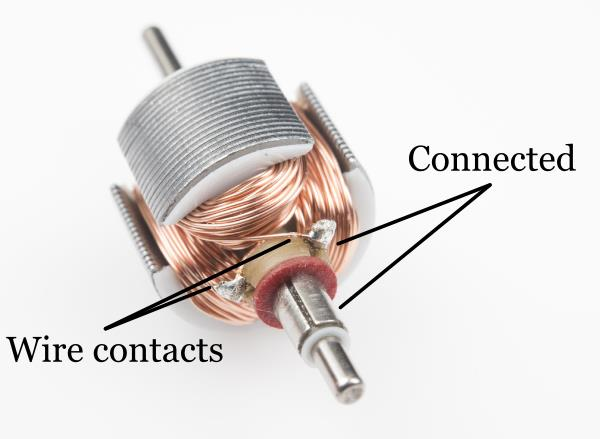
-

Telecommunications
-

Automotive
-
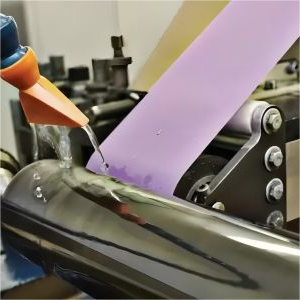
Roller finishing
-

Electronics
-
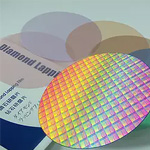
Semiconductors
-

Aerospace
-
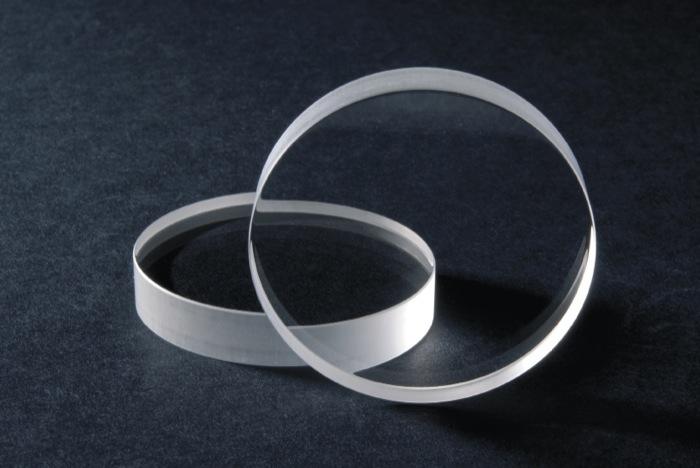
Optical Glass Crystal
-

Jewellery lapidary
-

Medical
-

Oil & Gas
-

Food Processing
-

Furniture and Wood industry
-
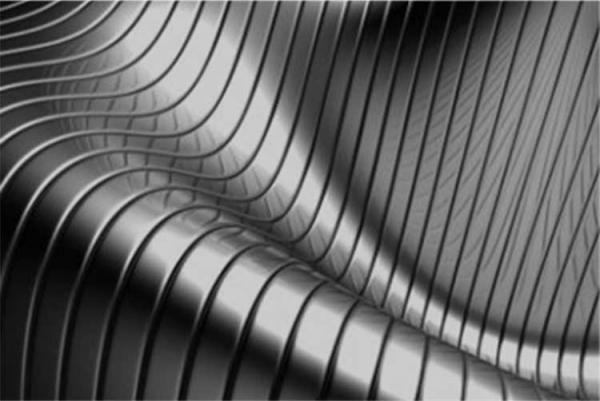
Metals Finish
-
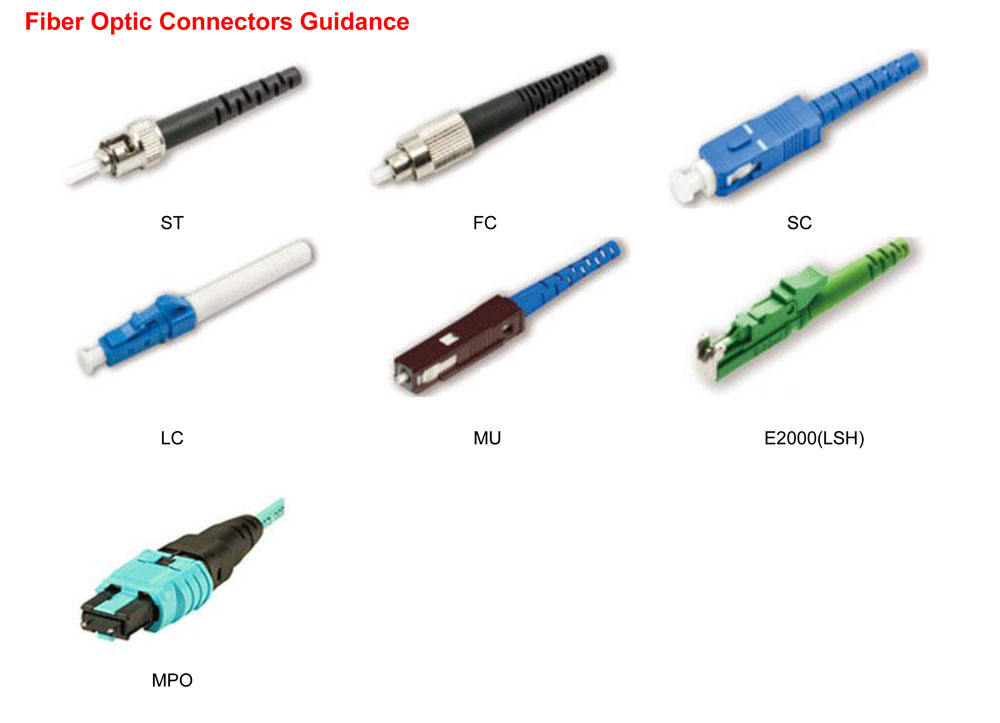
Fiber Optics Polishing
-
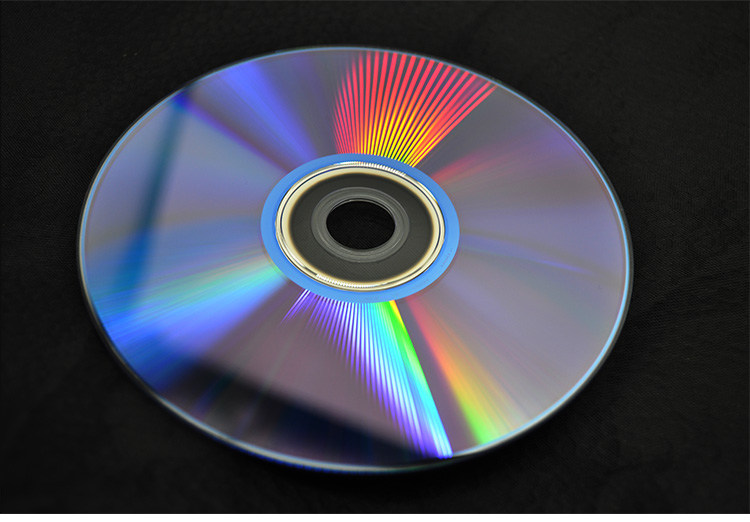
Music industry
-
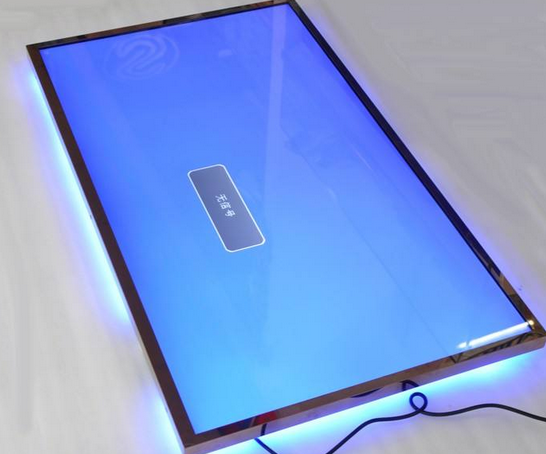
LED LCD Panel
-

Mobile Phone Industry
-
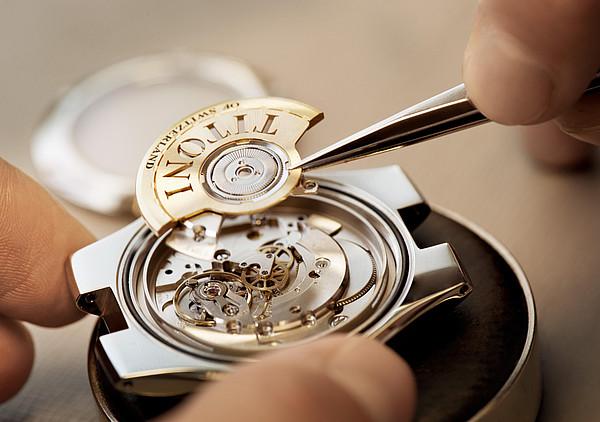
Watch
-
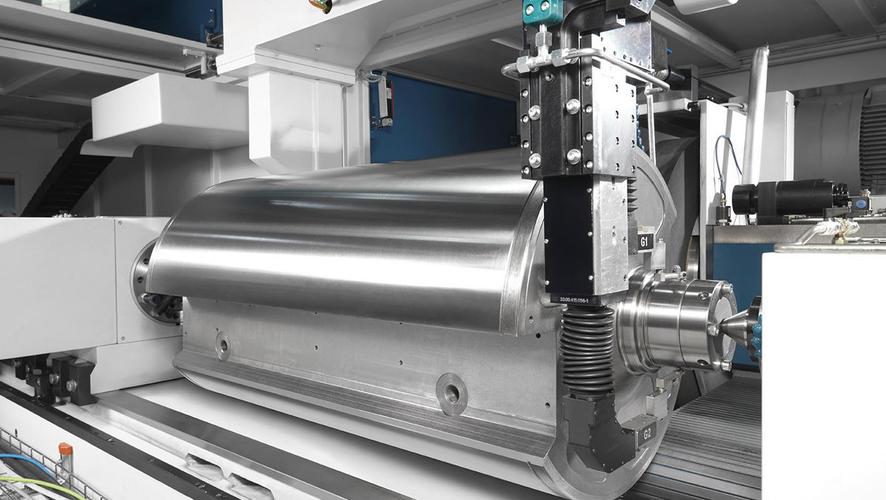
Printing and Paper industry
-
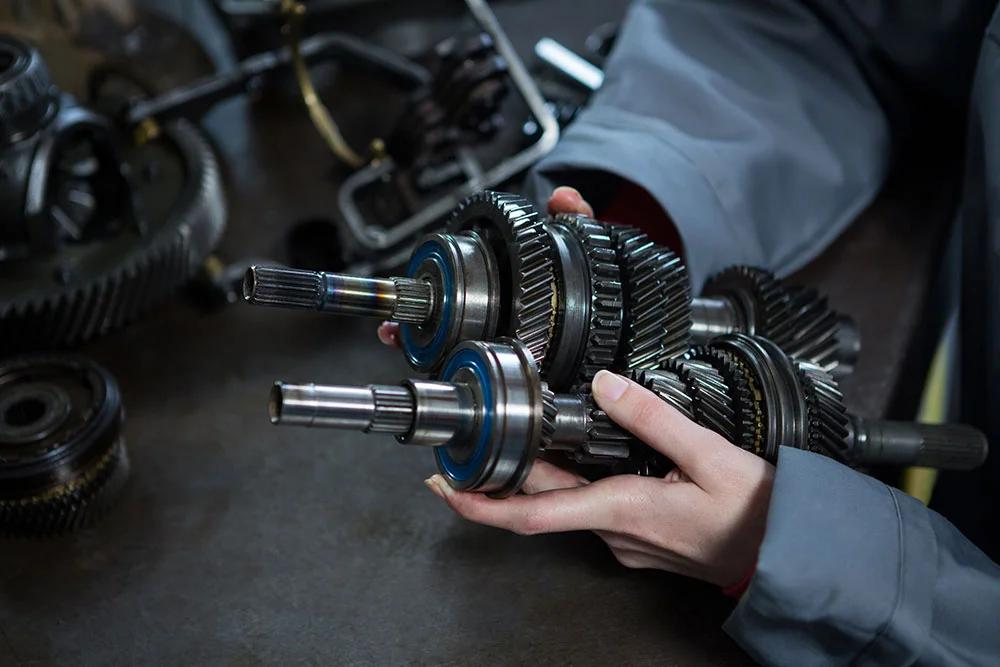
Engine and Machine parts
-

Hydraulic components
-
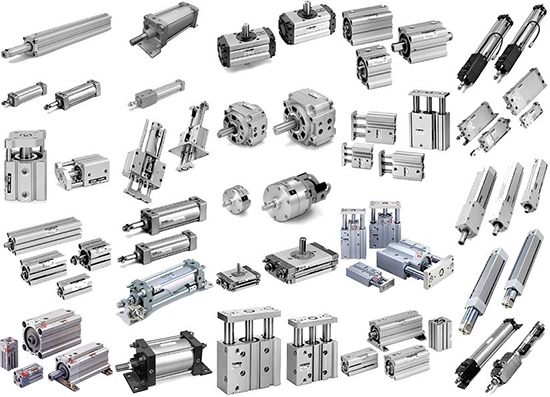
Pneumatic components
-
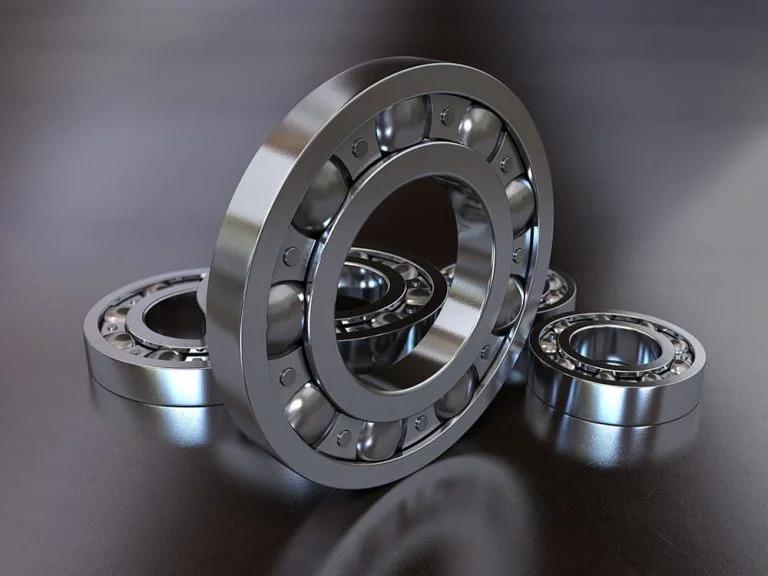
Ball bearings
-
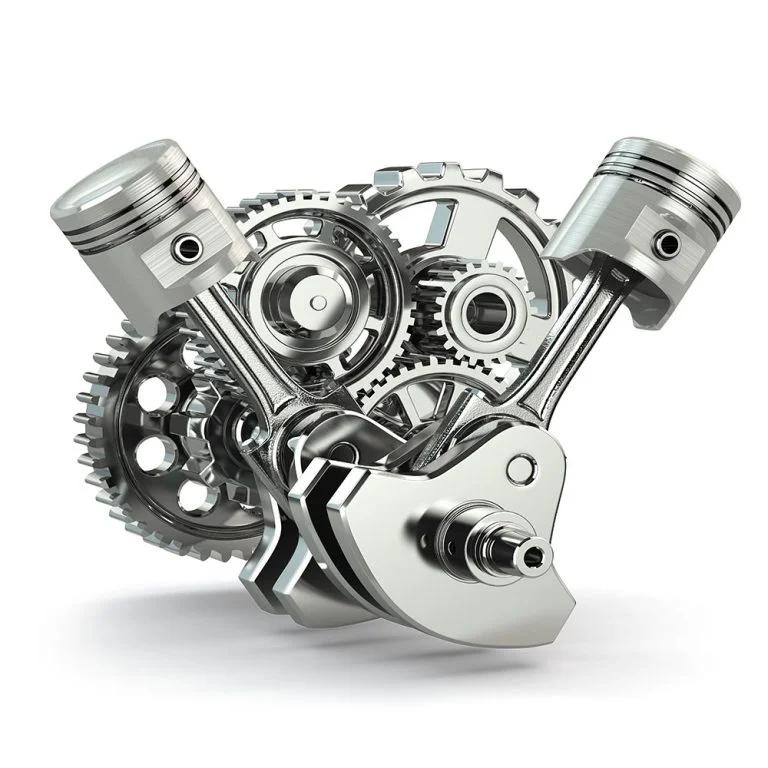
Gear and Train components
-

Moulds
-
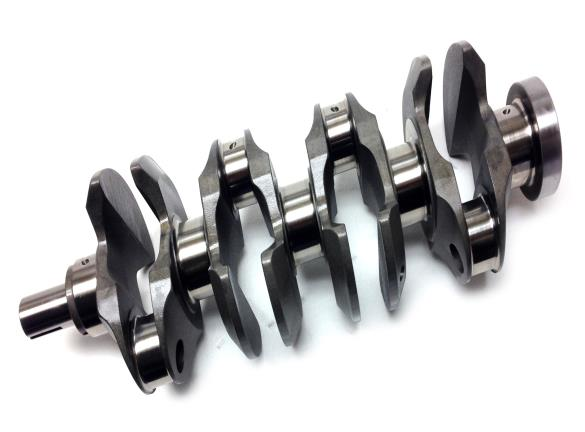
Cranks Cams and Steering devices
-

Dental Polishing
-
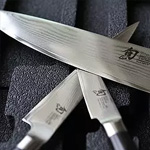
Knife Blade Tools sharpening
-

Hard disks and Magnetic head
-
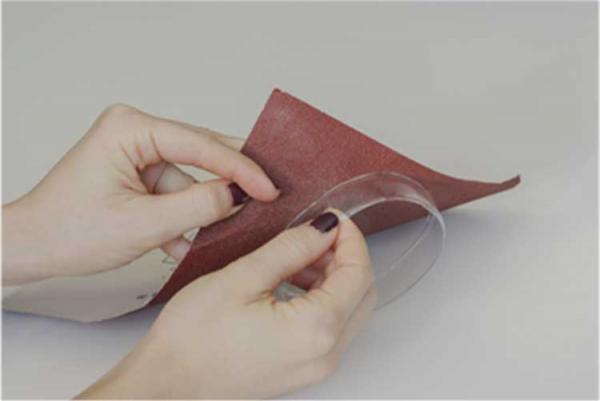
Other parts end face polishing

















































